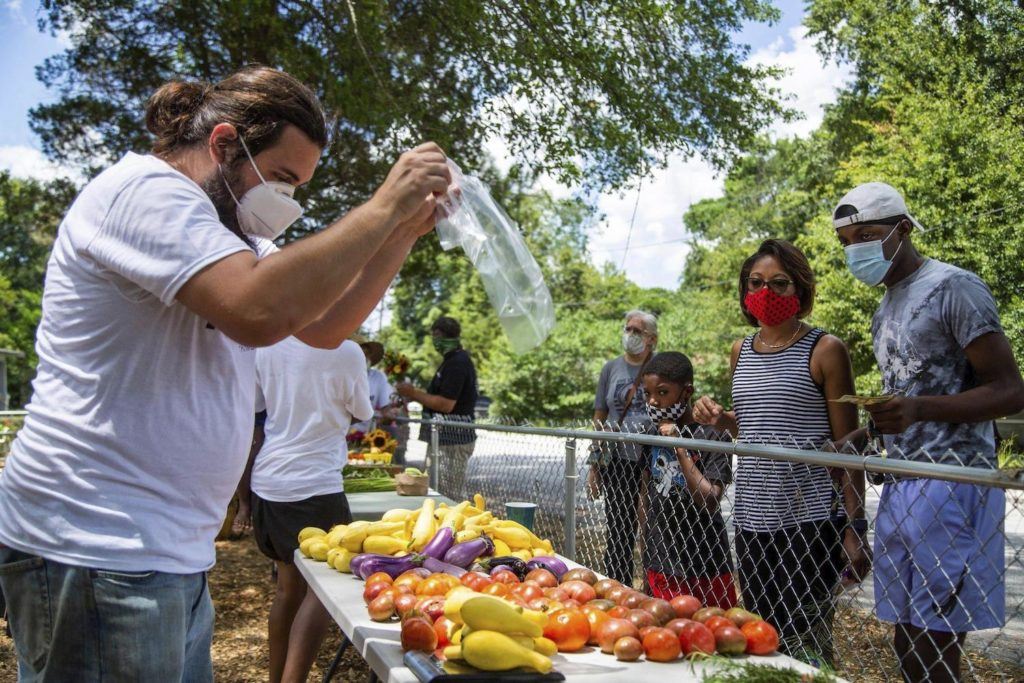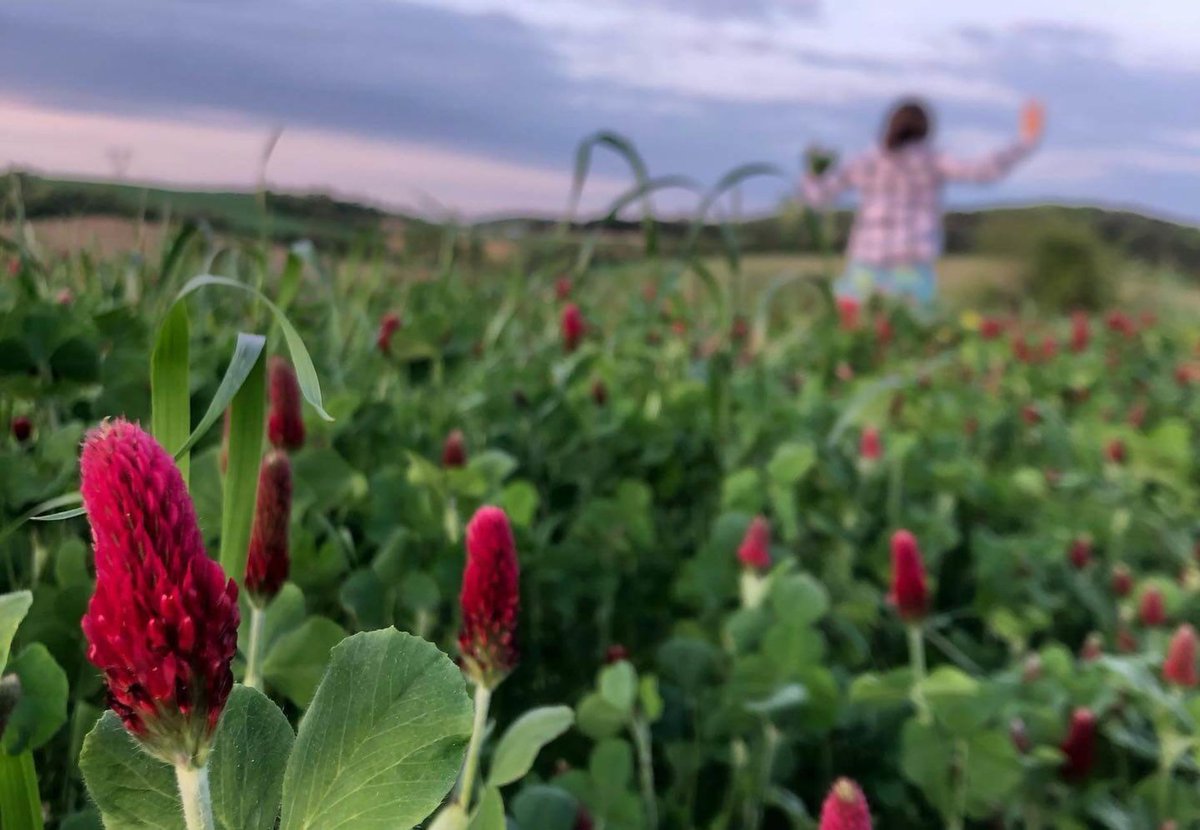THREAD: Retail sales of organic products surged during the pandemic—the organic market is booming. Despite this, only 0.6 percent of U.S. agricultural land is certified organic. Why is this? https://thecounter.org/farmers-face-barriers-to-becoming-certified-organic-usda/
Consider the E.U., where 7.5 percent of all agricultural land is certified organic. The E.U. advertises organic farming as an asset for both the land and consumers and provides subsidies to growers who go organic.
The biggest barrier U.S. farmers face in becoming certified organic is a three-year transition period when they must follow organic methods but can’t sell products at organic prices. Organic seeds cost more and greener practices require more labor.
Rather than deal with the paperwork, some farmers forego official certification but are able to sell their products at organic prices directly to consumers using farm stands and farmers’ markets.
Organic products also require organic processors: facilities like grain mills, dairy processors, and slaughterhouses that are highly centralized and aren’t easily accessible. Tracking and managing organic slaughter can be a difficult process.
Many states also lack funding to support organic initiatives and farmers can use all the help they can get in navigating the process.
Where do they start? Farmers looking for assistance have some resources, including training information from the USDA, resources from @SAREProgram, and consulting from @RodaleInstitute.
Despite all the challenges, many conventional farmers still take the plunge. “You can say that I’m losing money, but we’ve taken the stance that we’re gonna do this, and we’re gonna get through it and get to the other side,” said one.
Read more: https://thecounter.org/farmers-face-barriers-to-becoming-certified-organic-usda/
Read more: https://thecounter.org/farmers-face-barriers-to-becoming-certified-organic-usda/

 Read on Twitter
Read on Twitter



